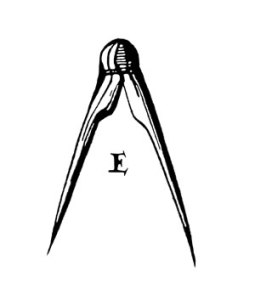Welding Equipment Unveiled: A Comprehensive Guide
Welding equipment stands tall as the bedrock of multiple industries, enabling the precision and robust fusion of materials. From manufacturing realms to bustling construction sites, these tools wield immense power in shaping durable structures and products. This guide unlocks the realm of welding equipment, its versatile applications, and the integral role of tools like geogrid within this domain.

1. What constitutes essential welding equipment?
Welding encompasses diverse techniques, each demanding specific tools. Core welding equipment comprises:
- – Welding Machines: Powerhouses providing the necessary heat for welding, ranging from MIG, and TIG to stick or plasma arc welders.
- – Welding Helmets: Crucial for safeguarding against UV rays and debris, ensuring safety and visibility during welding.
- – Welding Gloves and Aprons: Heat-resistant gear shielding welders from burns and sparks.
- – Clamps and Magnets: Facilitators in securely holding materials during welding processes.
2. Where does welding equipment find its applications?
Welding equipment’s utility extends across a myriad of industries:
- – Construction: Formulating structural frameworks for buildings, bridges, and pipelines.
- – Manufacturing: Crucial for fabricating machinery, vehicles, and consumer goods.
- – Automotive Industry: Vital in vehicle assembly and repairing metal components.
- – Aerospace: Critical for precision construction of aircraft components.
3. How does Geogrid intertwine with welding equipment?
Geogrid, a civil engineering material, plays a pivotal role in reinforcement applications. Its usage spans soil stabilization, road construction, and retaining wall installations. Geogrid welding machines, a facet of welding equipment, aid in bonding geogrid materials, bolstering their strength and stability, and enhancing performance in diverse engineering projects.

4. Why is maintaining welding equipment crucial?
Maintenance holds the key to welding equipment’s safety and efficiency:
- – Safety Assurance: Preventing accidents stemming from malfunctioning tools.
- – Consistency: Ensuring uniform welding quality and performance.
- – Cost-Efficiency: Curbing the need for frequent repairs or replacements.
Welding equipment remains the cornerstone across diverse industries, enabling seamless fusion of materials. Its varied applications, from erecting towering structures to reinforcing geogrid foundations, underscore its indispensability. Understanding the diversity of welding tools and their applications empowers industries to craft enduring structures and products that withstand the test of time.



